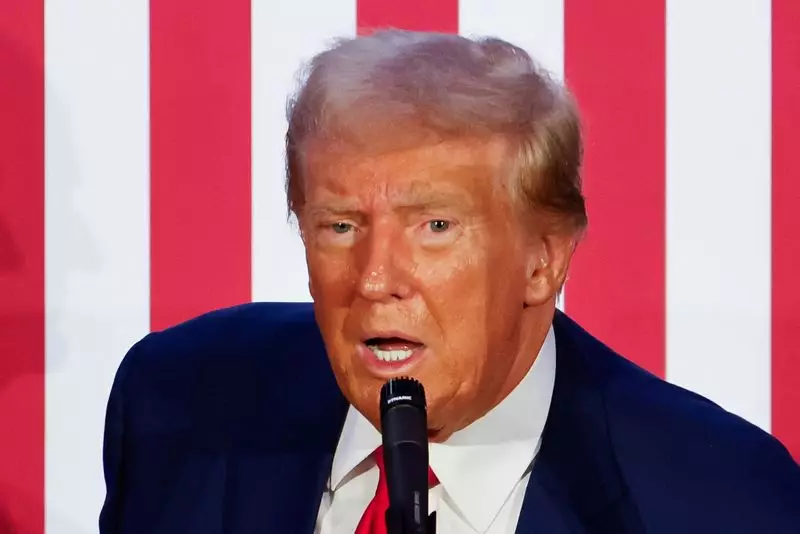The potential return of Donald Trump to the presidency has sparked renewed debate about his economic policies, particularly regarding tariffs. Analysts are concerned that Trump’s proposed tariffs on imports could have significant negative repercussions for the S&P 500 companies and the overall U.S. economy. This article delves into the implications of Trump’s tariff plans based on recent analyses, exploring the potential outcomes for various sectors and the broader financial landscape.
Tariff Proposals: A Closer Look
Trump’s outlined tariff agenda includes sweeping measures that would impose levies ranging from 10% to 20% on goods imported into the United States, with a particularly steep 60% tariff on products from China. These proposals, aimed at bolstering American manufacturing and protecting domestic jobs, echo his previous term’s protectionist strategies. During his presidency, Trump engaged in trade hostilities with numerous countries, most notably China, leading to an elevated state of economic tension. In this context, Trump’s assertion that tariffs will shield working-class employment resonates with a segment of the electorate but raises alarms among economists and financial experts.
The rationale behind these tariffs stems from the belief that they will rectify perceived imbalances in trade relationships, especially with nations with which the U.S. maintains a considerable trade deficit. Yet, while the intent may be to bolster domestic production, the broader economic consequences are far more complex and potentially harmful.
Barclays analysts project that the immediate impact of Trump’s proposed tariffs could result in a 3.2% decline in earnings for S&P 500 companies in the upcoming year. Furthermore, if countries retaliate with similar tariffs, the forecasted impact may deepen, potentially exerting an additional 1.5% pressure on corporate profitability. This downward revision raises critical questions about the sustainability of growth in the face of such protective measures.
Significantly affected sectors will likely include materials, discretionary spending, industrials, technology, and healthcare. These industries are tightly integrated into global supply chains, meaning that increased tariffs could disrupt operations, inflate costs, and ultimately reduce profit margins. The implications for investors in these sectors are concerning, as higher operational costs could translate into volatility in stock prices and lower returns.
Beyond corporate earnings, Trump’s tariff initiatives may also lead to supply chain disruptions, imposing inflationary pressures on the economy. As production costs rise due to tariffs, consumers may see higher prices for goods, which could exacerbate existing inflationary trends in the United States. The Federal Reserve’s monetary policy response will be crucial in this context. Analysts suggest that while the Fed has been signaling a shift toward lowering interest rates, a spike in inflation could prompt them to maintain or even raise rates in the short term.
However, should economic activity start to stagnate due to the dual pressures of inflation and trade uncertainties, the Fed may find it necessary to pivot and lower rates more aggressively. This situation underscores the delicate balancing act that the central bank faces in responding to evolving economic conditions while striving to maintain stability.
Whatever the outcome of the upcoming presidential election, analysts believe that political gridlock is likely to persist in Congress, regardless of whether Trump or his Democratic rival, Kamala Harris, takes office. Such delays in passing new legislation could compel the new president to rely heavily on executive orders to enforce tariff regulations and other economic policies. This reliance could lead to increased uncertainty in the market, as businesses grapple with fluctuating trade policies.
In the wake of these developments, it’s apparent that Trump’s proposed tariff plans, while appealing to certain voter bases, present considerable risks to the economy. The ramifications for corporate earnings, consumer prices, and inflation necessitate careful scrutiny as stakeholders navigate this uncertain terrain. Ultimately, maintaining economic stability will require a delicate equilibrium between protectionism and global engagement. As the U.S. seeks to carve a path forward, the implications of these policies will undoubtedly shape its economic landscape for years to come.

